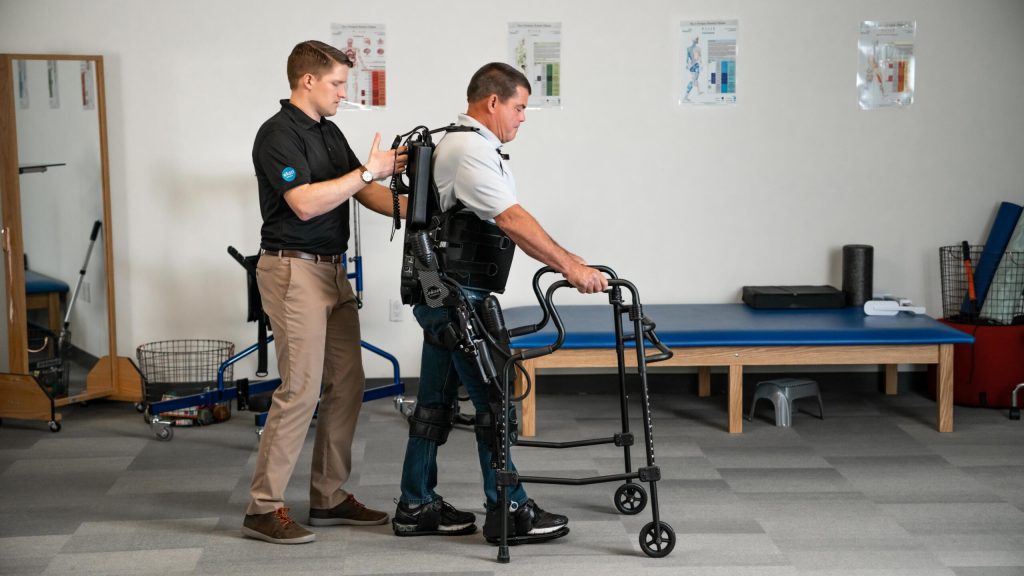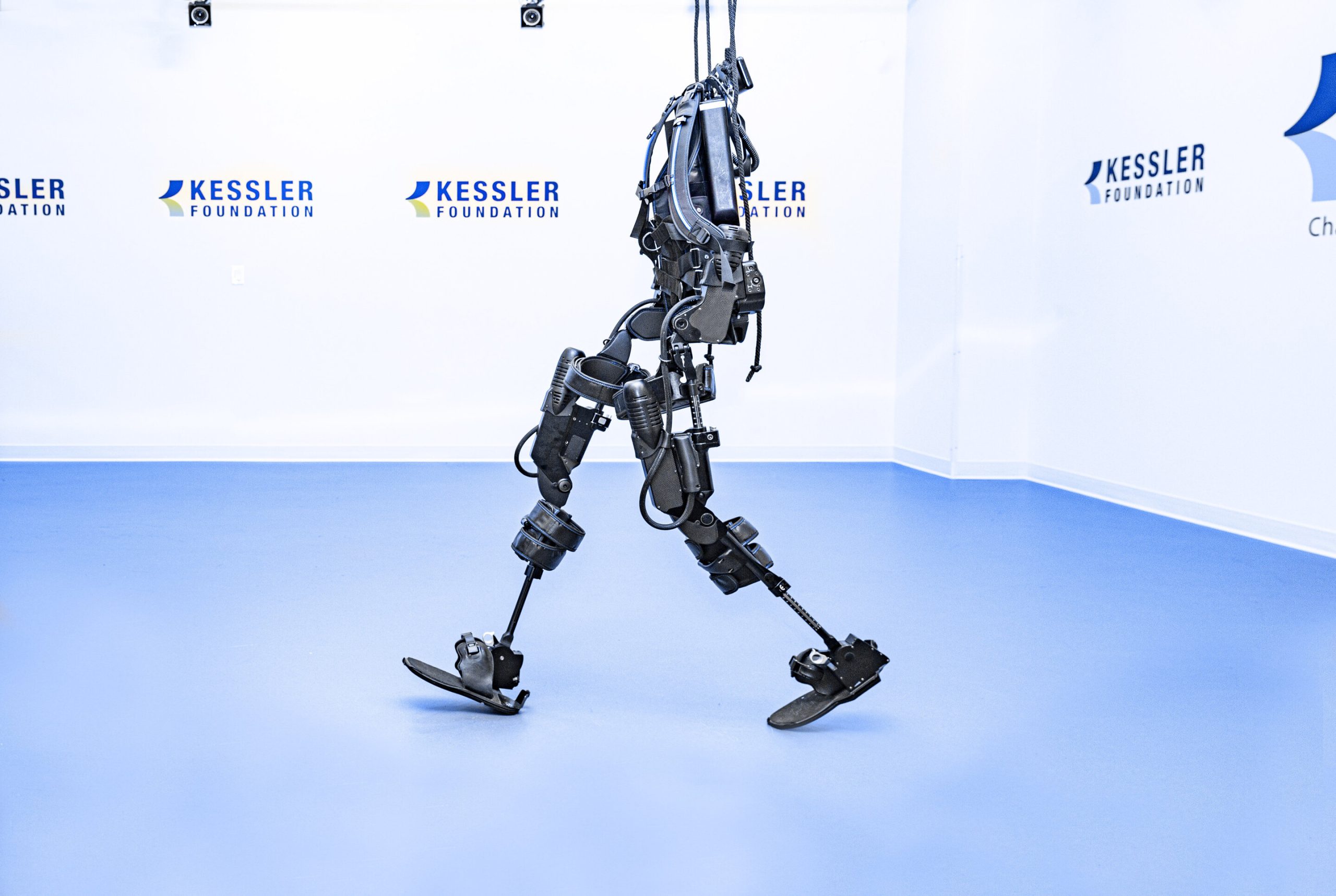In recent years, the field of robotics has made remarkable strides, and one of its most exciting applications is in the development of robotic exoskeletons. These innovative devices are transforming how we think about mobility and rehabilitation, offering new possibilities for individuals with mobility impairments. Integrating advanced technology and human physiology has paved the way for creating exoskeletons that enable users to regain their freedom of movement and accelerate their rehabilitation process. In this article, we will delve into the world of robotic exoskeletons, exploring their design, benefits, limitations, and the profound impact they have on enabling mobility and facilitating rehabilitation.
Robotic Exoskeletons: Enabling Mobility and Rehabilitation
Robotic exoskeletons, often called “wearable robots,” are external support structures designed to augment and enhance human movement. They consist of a combination of mechanical elements, sensors, actuators, and advanced control systems. These devices are strategically engineered to provide assistance, resistance, or complete control over limb movements, enabling individuals with mobility impairments to walk, stand, and perform various daily activities.
The Evolution of Exoskeleton Technology
The journey of exoskeleton technology has been nothing short of remarkable. Over the years, researchers and engineers have collaborated to develop exoskeletons that seamlessly integrate with the human body’s biomechanics. Exoskeletons have come a long way from the early bulky prototypes to the sleek and lightweight designs of today. Using lightweight materials, improved energy efficiency, and sophisticated software algorithms have made exoskeletons more practical, comfortable, and functional.
How Robotic Exoskeletons Work
Robotic exoskeletons operate on the principle of human-machine interaction. They detect the user’s intentions through sensors that capture movements and bioelectrical signals. These signals are then processed by onboard computers, which generate precise commands for the exoskeleton’s actuators to execute. By working in harmony with the user’s body, exoskeletons provide the necessary support to initiate and complete movements that would otherwise be challenging or impossible.
Empowering Mobility
The primary objective of robotic exoskeletons is to empower individuals with mobility impairments. Whether it’s due to spinal cord injuries, stroke, or other neurological conditions, exoskeletons offer a newfound sense of independence. Users can regain their ability to walk and stand, reducing their reliance on mobility aids. This enhanced mobility not only contributes to physical well-being but also positively impacts mental and emotional health.
Facilitating Rehabilitation
Beyond mobility, robotic exoskeletons play a pivotal role in rehabilitation. Engaging in repetitive and controlled movements is crucial for recovering motor functions. Exoskeletons provide a structured platform for individuals to perform these movements, making rehabilitation exercises more engaging and effective. The real-time feedback provided by exoskeletons allows healthcare professionals to monitor progress and tailor treatment plans accordingly.
Bridging the Gap Between Disability and Ability
Robotic exoskeletons bridge disability and ability, offering a glimpse of what’s achievable with the synergy of technology and human determination. These devices challenge traditional notions of limitations and inspire a new level of optimism within the disabled community. As exoskeleton technology continues to advance, the boundaries of mobility and rehabilitation are continually being pushed, creating a brighter and more inclusive future.

Advantages of Robotic Exoskeletons
Robotic exoskeletons bring forth a multitude of advantages that have a profound impact on the lives of individuals and the field of healthcare. Some key benefits include:
- Enhanced Mobility: Exoskeletons allow users to move independently, boosting their confidence and overall well-being.
- Accelerated Recovery: The guided movements provided by exoskeletons expedite the rehabilitation process, helping users regain their motor skills more quickly.
- Muscle Strengthening: Exoskeleton-assisted exercises target specific muscle groups, aiding muscle reconditioning and preventing atrophy.
- Improved Posture and Gait: Exoskeletons promote proper posture and gait patterns, reducing the risk of secondary complications.
- Customizable Rehabilitation: Healthcare professionals can customize exoskeleton settings to suit each individual’s needs, ensuring personalized and effective rehabilitation.
Challenges and Future Prospects
While the potential of robotic exoskeletons is undeniable, some challenges must be addressed. These include the cost of technology, user comfort, and the need for extensive training. However, ongoing research and collaboration among experts are continuously improving exoskeleton design and functionality.
Looking ahead, the future of robotic exoskeletons is promising. As technology becomes more accessible and advanced, exoskeletons have the potential to become an integral part of mainstream healthcare. Their applications could expand beyond mobility and rehabilitation, reaching industry, defense, and sports fields.





